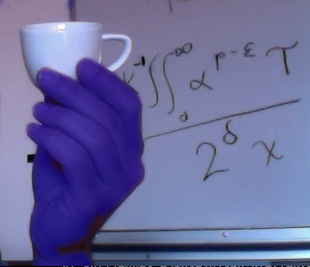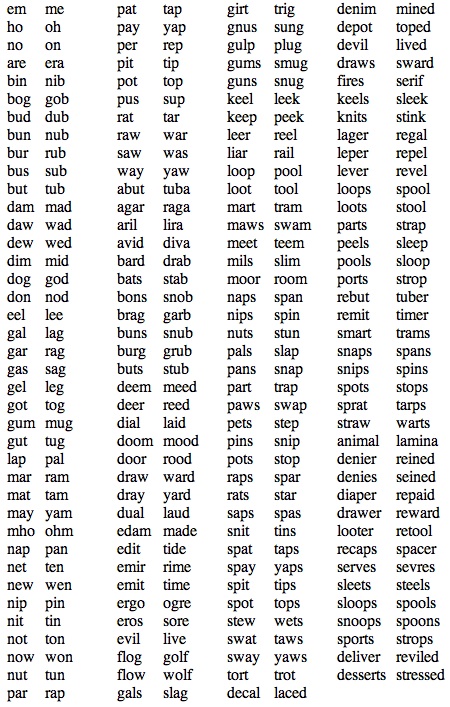Speaking of hands…
Over the course of several million years, the brain that has co-evolved into the human brain alongside hands that have evolved into human hands. The parietal lobe in our brains is very large, and contains powerful special-purpose neural machinery to support dextrous manipulation with our hands and fingers. The entire rise of civilization itself can be linked to our steadily improved ability to make things with our hands.
Oddly, our society has — at least temporarily — moved away from embodiment in its information technology. More and more we communicate with each other as abstractions, through simple swipes and taps on little glass screens that use only a fraction of our hands’ enormous expressiveness. The design industry now relies on such software packages products las AutoDesk’s Maya to create three dimensional forms, which force human creativity to be expressed through data tablets and touch-pads — poor substitutes for the vast expressive power of the human hand.
At some point we will figure out how to reverse this trend toward disembodiment, and then we will get the best of both worlds. Perhaps one measure of the eventual success of our information technology will be the extent to which it lets us fully utilize these magnificent brains of ours, to do the sorts of things for which they have so exquisitely evolved.

